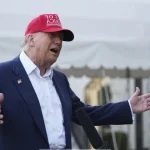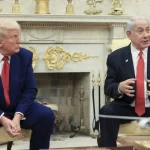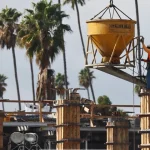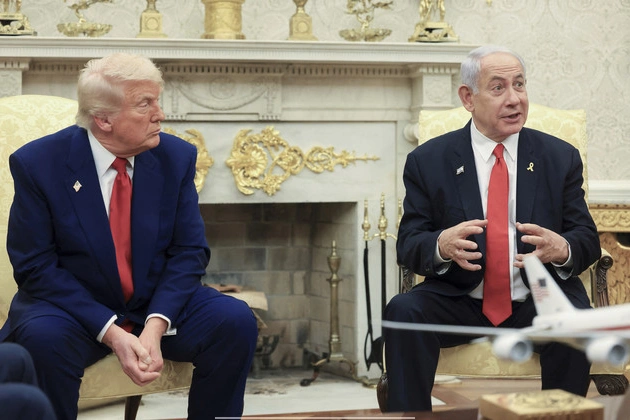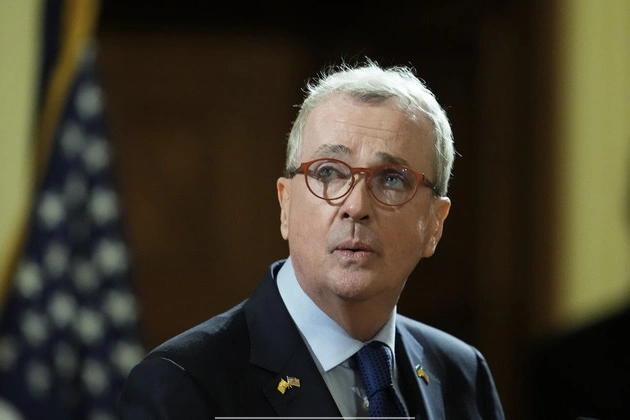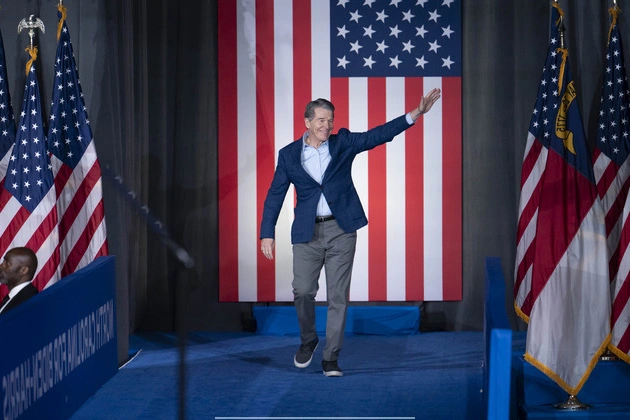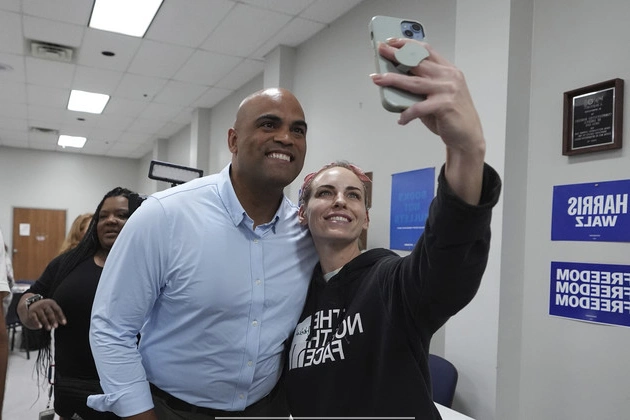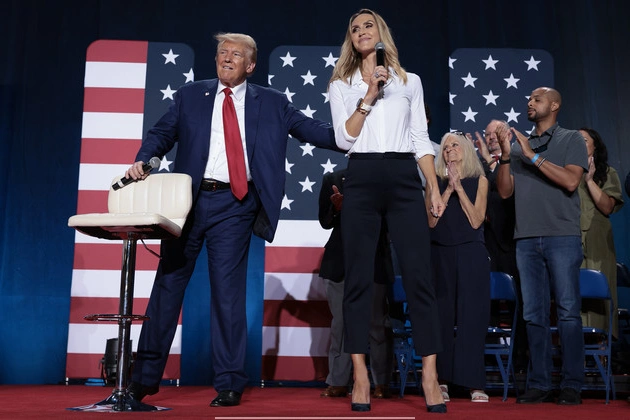
President Donald Trump’s handling of the Los Angeles protests presents a unique opportunity to analyze his approach to civil unrest and immigration challenges. In the aftermath of George Floyd’s tragic death in 2020, Trump faced a pivotal moment to reshape his response to nationwide protests.
Trump’s Response to Civil Unrest
Following George Floyd’s killing, Trump initially considered deploying active-duty troops across various U.S. cities. However, internal disagreements and reservations prevented this drastic action. Fast forward to the present, as protests erupted in Los Angeles over immigration raids, Trump swiftly deployed National Guard members and Marines to maintain law and order.
Motivation Behind Trump’s Actions
Trump’s assertive stance stems from his desire to avoid a repeat of the 2020 protests that rocked the nation. With a more aligned Cabinet and fewer dissenting voices, Trump feels emboldened to take a tougher stance this time.
Strategic Messaging
Trump’s rhetoric, labeling protesters as ‘insurrectionists’ and emphasizing law and order, serves as a warning to other leaders facing similar challenges. His focus on immigration enforcement and avoiding perceived ‘weakness’ resonates with his core supporters.
Legal and Political Reactions
The Trump administration’s deployment of troops has sparked legal battles and political dissent. California Democrats have raised concerns about the militarization of immigration enforcement and the potential nationwide implications of Trump’s actions.
Continued Uncertainty
As protests and rallies persist, the situation remains fluid. Trump’s willingness to use force and his unwavering stance on immigration enforcement underscore his commitment to his core promises.
For the latest updates on this evolving story, stay tuned for further developments.
